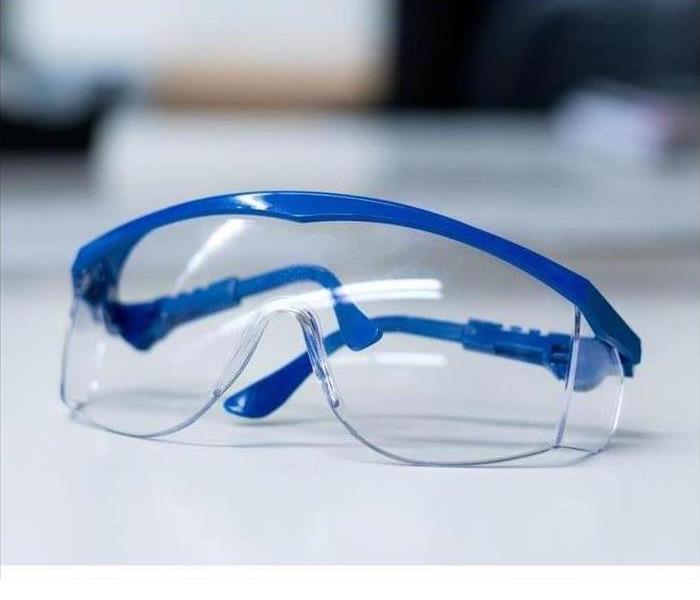Protect Yourself And Your Building From Mold
8/20/2020 (Permalink)
When taking on a mold remediation job, whether big or small, it’s important to protect yourself with personal protective equipment. PPE also assists in protecting against cross-contamination of mold to other unaffected areas. Take care to choose the right PPE for your mold cleanup project.
1. Goggles
Safety goggles must cover the eye area completely (no vent holes or other gaps) so that the eyes are protected from dust and other tiny particles. Safety glasses or goggles made for this type of work or full-face respirators are needed.
2. Respirators
Respirators are important in the mold remediation process; they prevent inhaling mold spores, dust and other debris. Make sure that you only use a respirator that’s recommended by the National Institute for Occupational Safety and Health and use according to the OSHA regulations. Three types of respirators add different levels of protection: minimum, limited and full.
3. Gloves
When cleaning mold-infested areas, gloves protect your skin from contact with the mold and cleaners. Household rubber cleaning gloves should be fine when using a mild cleaner. However, if you’re going to be using stronger cleaners, such as a biocide (e.g., chlorine bleach), you should wear gloves that provide more protection (e.g., neoprene, PVC, nitrile, polyurethane or natural rubber). Ideally, these gloves should reach the middle of the forearm for maximum protection.
4. Disposable Clothing
If you’re dealing with a medium or large amount of mold growth, disposable clothing is crucial for protecting your skin, as well as preventing cross-contamination into unaffected areas. Depending on the scale of the remediation process, you may only need paper coveralls, while for a larger job, a TYVEK suit, mold-safe head and foot coverings. All gaps in the protective wear should be sealed (duct tape works well).



 24/7 Emergency Service
24/7 Emergency Service
